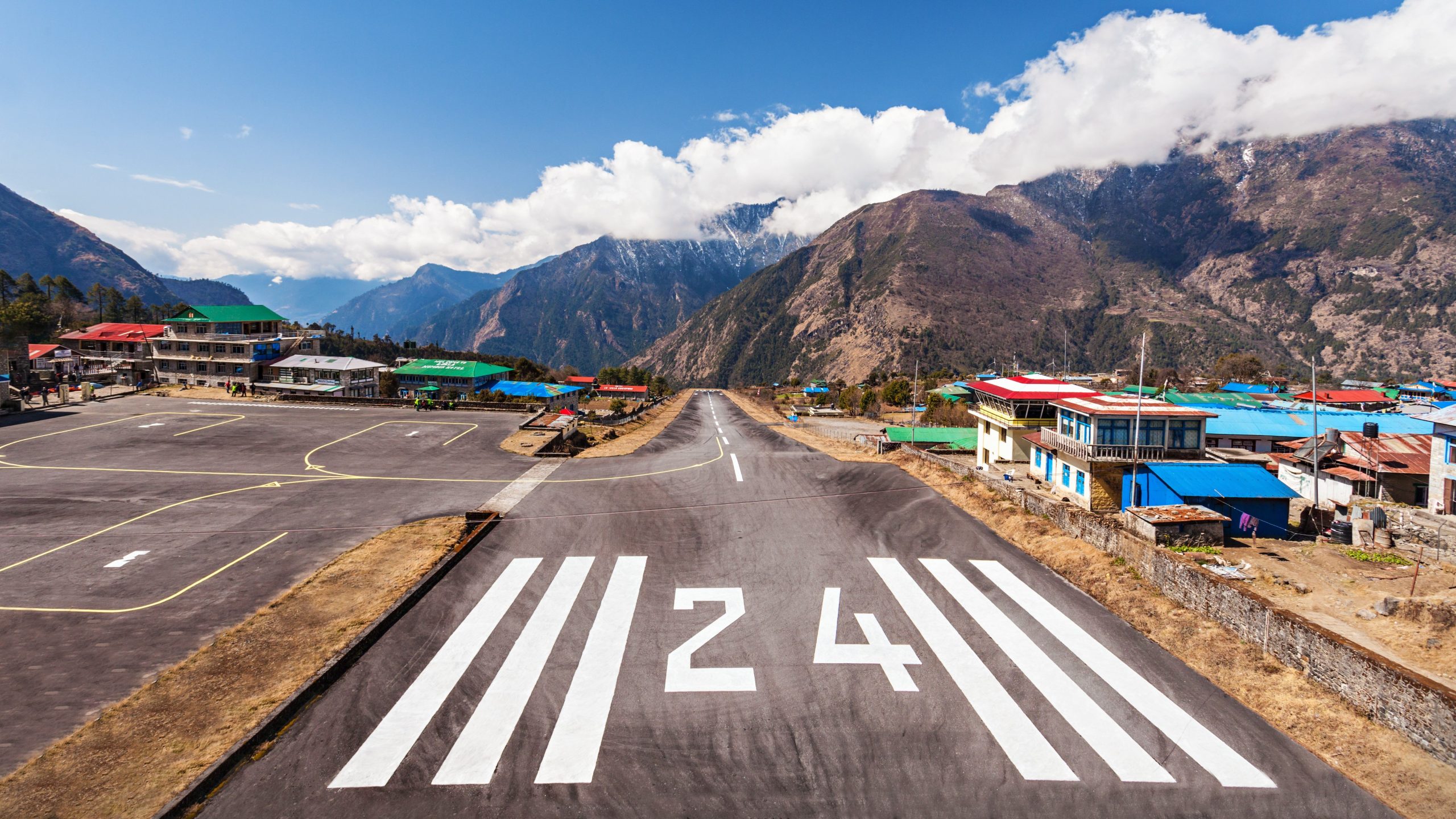Summary
- Airport runways are numbered based on their compass bearings.
- In cases where runways run parallel to each other, they are designated with ‘L’ or ‘R’ to indicate which side they’re on.
- Some airports may renumber a pair of runways to avoid confusion, and, in some cases, use extra letters like ‘C’ or ‘W.’
An airport’s runway(s) can mark either the beginning or the end of a journey, both literally and symbolically. These paved strips have a special place in certain passengers’ hearts, as, for some of us, either takeoff or landing is our favorite part of a flight. While on your travels, you may have noticed that each runway is marked with a number at either end. But how exactly are these decided?
Based on compass bearings
Those of us who have ever listened to excerpts from air traffic control conversations will know that, in terms of which direction pilots are meant to fly in, they are instructed to fly on three-digit ‘headings.’ These numbers refer to the direction’s compass bearing relative to true north. For example, a heading of 180 represents following a path 180 degrees from true north – in other words, directly south.
Correspondingly, an airport’s various runways are numbered using a similar logic, albeit with a slight (but conspicuous) difference. Specifically, they are designated using their heading in decadegrees, with this measurement seeing the headings in question divided by 10. As such, rather than being numbered 1-360, they use a simplified scale that merely runs from one through to 36.
Photo: Cornwall Airport Newquay
For example, as The Points Guy observes, this means that a runway designated with heading 04 could have a bearing of anywhere between 35 and 45 degrees. Sometimes, a runway’s designation may even change. For instance, according to the BBC, a shift in the position of the Earth’s magnetic North Pole saw London Stansted renumber its runway from 05/23 to 04/22 in July 2009.
Letters for parallel runways
This is all well and good, but what happens when an airport has runways that run parallel to each other on the same compass bearing? Of course, to have multiple runways with the same designation would be very confusing, not to mention dangerous. Thankfully, there is a way around this conundrum. In the case of two parallel runways, these landing strips will also be designated either ‘L’ or ‘R.’
These letters represent whether the runway is on the left or right-hand side of the pair in the direction that the aircraft using them is traveling. For example, London Heathrow’s two runways are 09L/27R and 09R/27L. The British hub used to feature a more complicated six-runway layout, as we recently explored. A third runway, which would come with a new designation, is also currently under consideration.
Photo: Denver International Airport
When a third parallel runway comes into the equation, the middle strip sits between the ‘left’ and ‘right’ runways and is simply designated with a ‘C,’ meaning ‘center.’ For example, three of the four runways at German flag carrier Lufthansa’s Frankfurt Airport (FRA) hub are parallel, with the middle numbered 07C/25C.
Other designations
Despite this useful contingency plan, it isn’t a perfect solution. After all, some particularly large airports even have four or more parallel runways. In these instances, the ‘C’ designation is insufficient to separate all four landing strips. As such, airports will sometimes renumber a pair of runways by one to avoid confusion.
For example, although Los Angeles International Airport (LAX) in the US has four parallel runways, these are numbered in two pairs. Specifically, these are 06L/24R and 06R/24L, along with 07L/25R and 07R/25L. Finally, Honolulu International Airport (NHL) in Hawaii even has a ‘W’ suffix on its runways 04W/22W and 08W/26W. This informs pilots that it is a water-based runway for use by seaplanes.
Did you know how runways are numbered? Which is your favorite runway to take off from or land on? Let us know your thoughts and experiences in the comments!
Sources: BBC, The Points Guy




